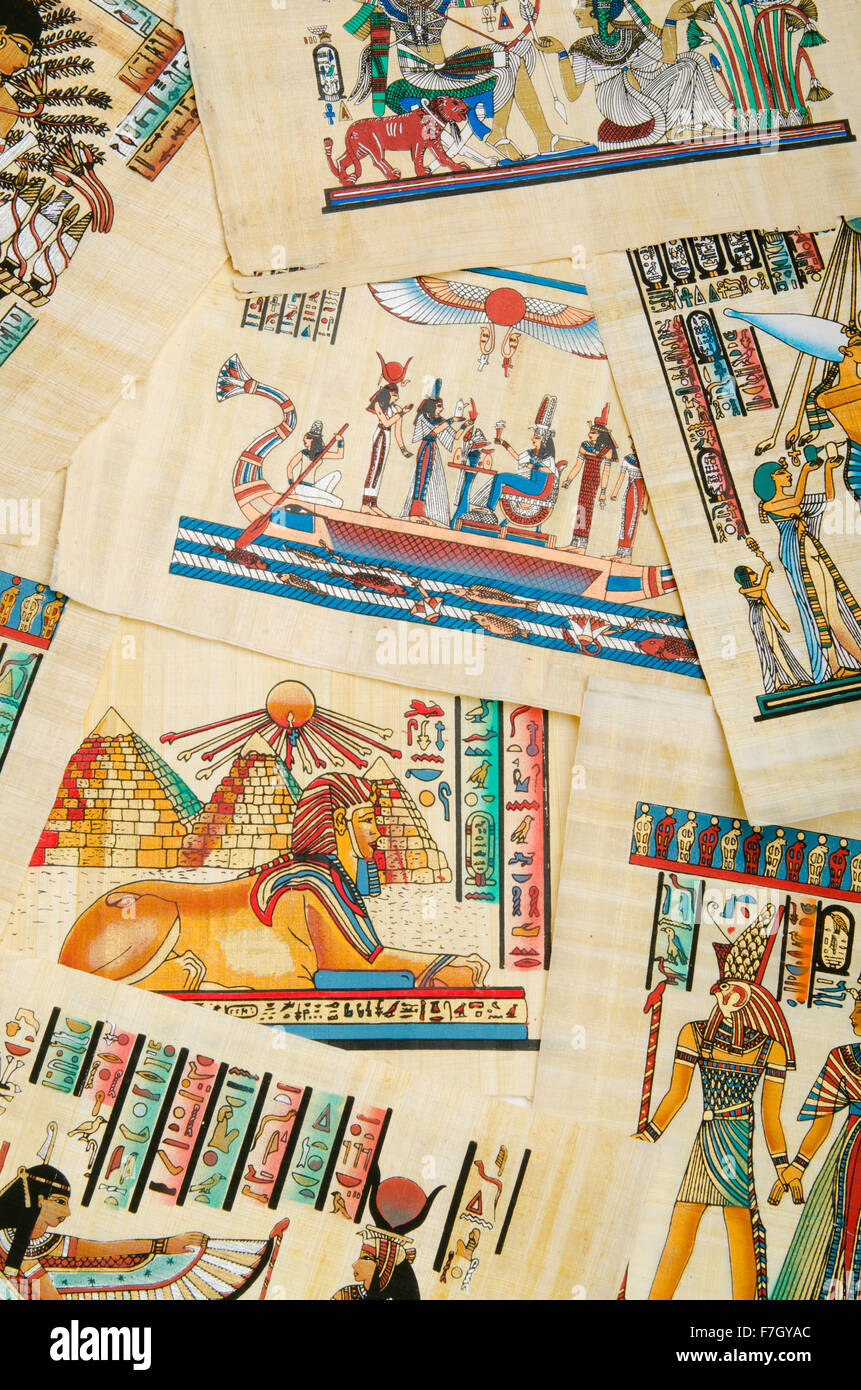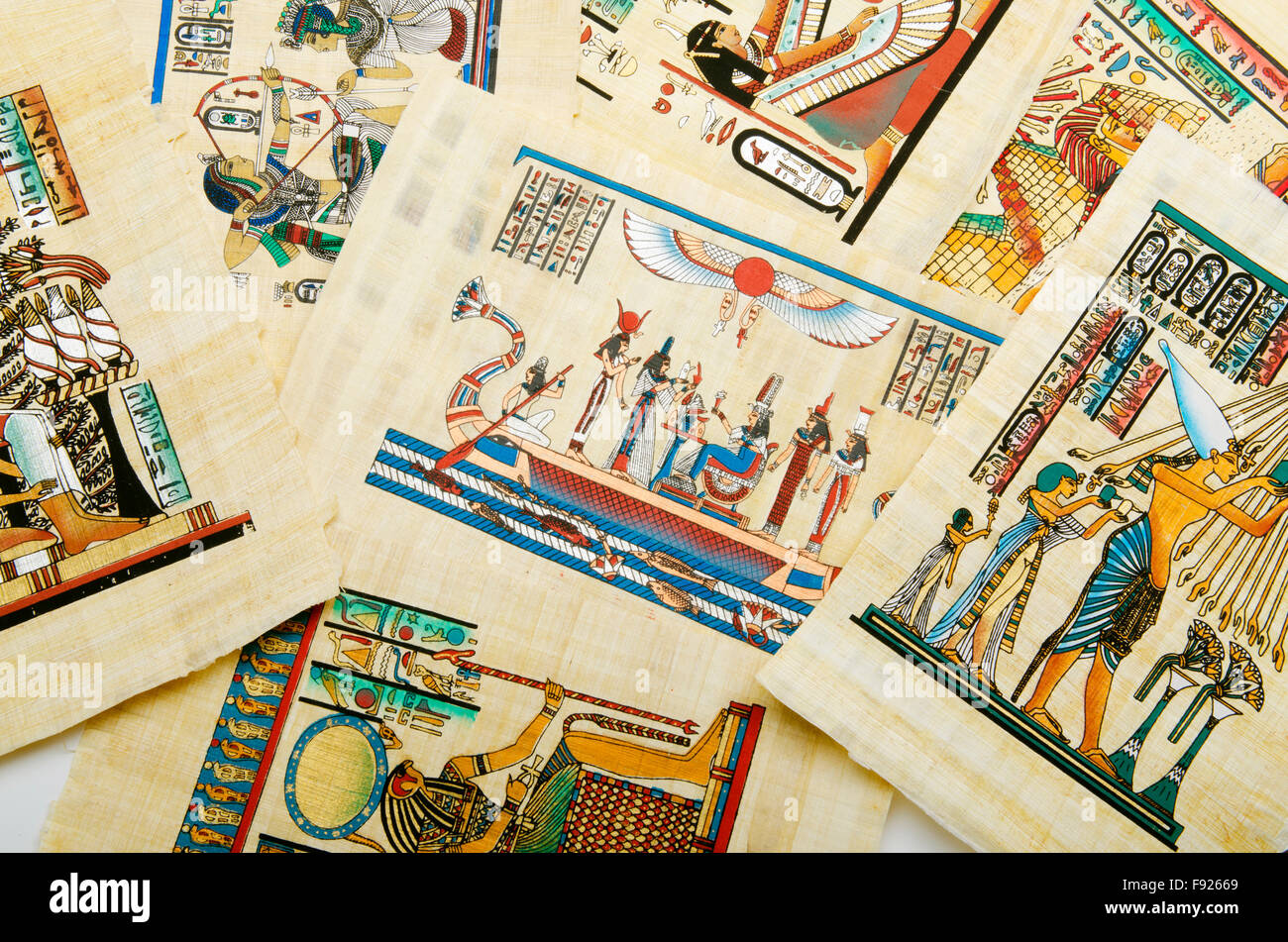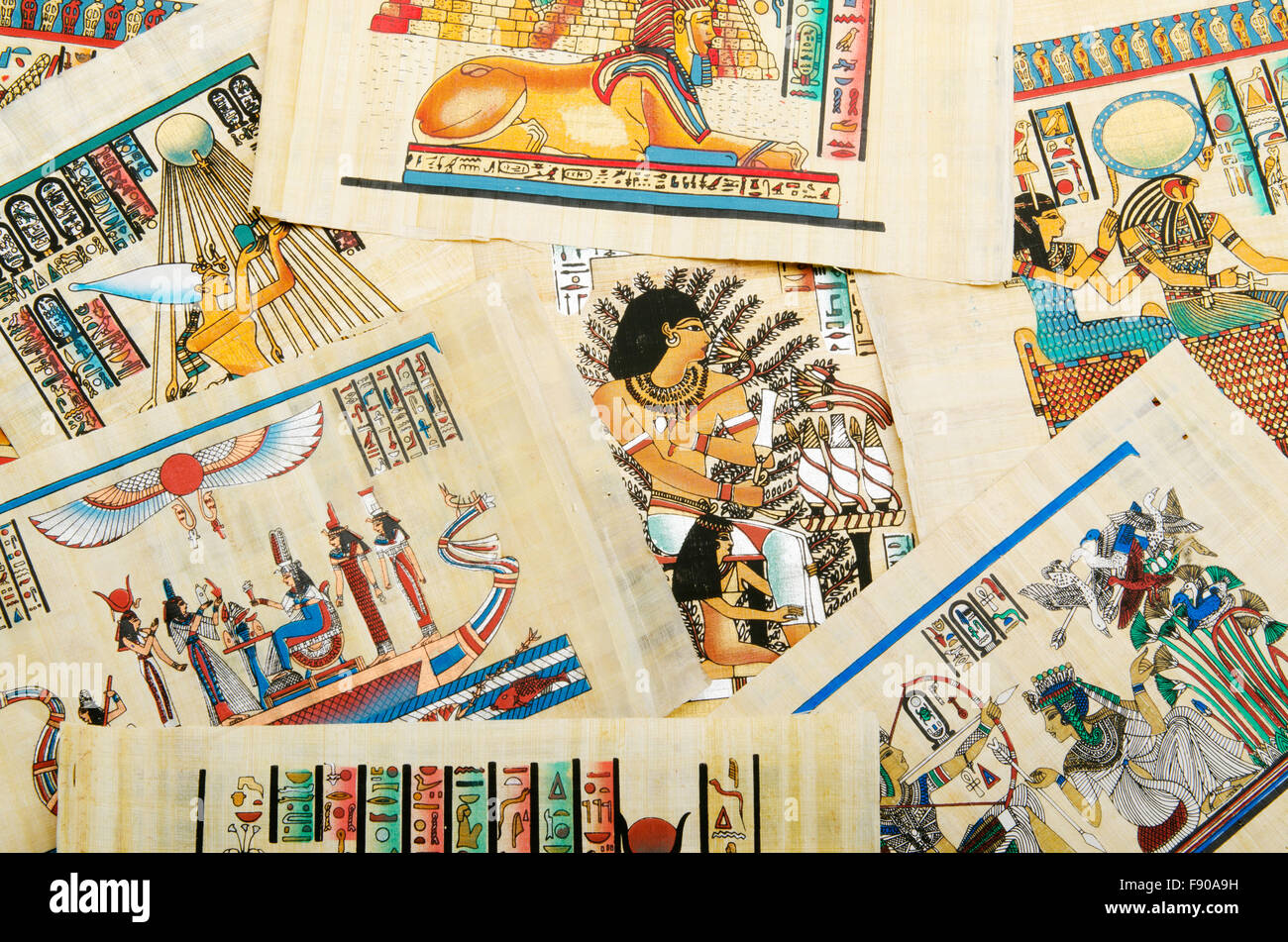Unveiling Iran's Veil: The Complex History Of Hijab
The history of hijab in Iran is far more intricate and dynamic than many outside observers might realize. It is a narrative woven through centuries of cultural evolution, religious interpretation, and political upheaval, reflecting the profound shifts in Iranian society. Far from being a static symbol, the veil in Iran has transformed from a traditional garment to a marker of identity, a tool of political resistance, and, controversially, a symbol of state-imposed control. Understanding this complex journey is crucial to grasping the ongoing debates and protests surrounding women's rights and freedom in contemporary Iran.
The story of the hijab in Iran is not merely about a piece of cloth; it is a lens through which to view the nation's struggle with modernity, tradition, and authoritarianism. This article delves into the shifting societal attitudes towards the hijab, distinguishing between its deeply rooted cultural practices and its often-perceived religious implications, tracing its path from ancient times to its current controversial status.
Table of Contents
- Ancient Roots and the Pre-Islamic Veil
- The Pahlavi Era: Forced Unveiling and Secularization
- Hijab as a Symbol of Resistance Against Monarchy
- The 1979 Revolution and the Imposition of Mandatory Hijab
- The Hijab: A Battleground in the Iranian Political Arena
- Modern-Day Rejection and The Girls of Enghelab Protests
- Hijab: Personal Choice vs. State Mandate
- The Ongoing Struggle for Women's Rights
Ancient Roots and the Pre-Islamic Veil
The history of hijab in Iran extends far beyond the advent of Islam. To truly understand its evolution, one must look back into ancient Persia, where various forms of head coverings and modest dress were common among women. There are many questions about how Iranian women dressed in ancient times, for example, what was the type of clothing worn by Iranian women in ancient times? Historical evidence suggests that even before Islam, Iranian women wore proper clothing and maintained their hijab. This indicates that the roots of women's hijab in Iran go back to the long history of this land and have nothing to do with politics in their original form. Its prevalence in Iran cannot even be fully attributed to Islam, as the practice of veiling predates the Islamic conquest of Persia. In ancient societies, clothing often served multiple purposes: protection from the elements, indicators of social status, and expressions of cultural or religious identity. For Iranian women, modest attire, including head coverings, was a customary part of daily life for centuries, reflecting deeply ingrained cultural norms around dignity and respect. This historical context is crucial because it highlights that the concept of covering was not alien to Iranian culture before the 1979 revolution, nor was it solely an Islamic import. It was a practice rooted in a complex tapestry of social, cultural, and even pre-Islamic religious traditions that evolved over millennia.The Pahlavi Era: Forced Unveiling and Secularization
The 20th century brought dramatic shifts to Iran, particularly under the Pahlavi dynasty. Reza Shah Pahlavi, who ruled from 1925 to 1941, embarked on an ambitious modernization program aimed at transforming Iran into a secular, Westernized nation. Part of this agenda included the controversial ban on the hijab in 1936, known as Kashf-e Hijab. This decree forcibly removed the veil from women in public spaces, compelling them to adopt Western attire. Dowlatabadi is believed to have been the first woman in Iran to have done so, appearing in public in 1928 completely unveiled [17]. This was a top-down imposition, met with resistance from many traditional segments of society, and forced many women to withdraw from public life rather than comply. After Reza Shah, his son Mohammad Reza Pahlavi continued the secularization efforts, though with less overt force regarding the hijab. During his reign, particularly from the 1930s to the late 1970s, Iranian society was undergoing profound transformation, and nowhere was that more evident than in the lives of women. Before the revolution, when Iran was ruled by a secular king Mohammad Reza Pahlavi, many Iranian women actively wore the hijab. They did so for a variety of reasons, be it out of personal religious conviction, cultural habit, or family tradition. This period saw a diverse range of dress codes in public, with some women opting for Western clothing, others choosing to wear the hijab, and many adopting a blend of both. This era, often referred to as the "golden era for Iranian women" by some, represented a period of relative freedom in personal dress choices, albeit within a broader context of political repression and economic disparities that would eventually fuel the revolution.The Golden Era of Transformation
The mid-20th century under the Pahlavi shahs saw significant advancements in women's rights, including suffrage, access to education, and participation in the workforce. This period of modernization was characterized by a push for secularism and a move away from traditional religious norms in public life. The presence of women in universities, offices, and public spaces without the mandatory veil became a visible symbol of this transformation. However, this progress was often perceived as imposed and alienating by conservative and religious segments of the population. The shahs’ rule was widely opposed; the Pahlavis were corrupt, politically repressive, and lavish in their spending and lifestyle, creating a fertile ground for dissent that would eventually erupt into revolution.Hijab as a Symbol of Resistance Against Monarchy
Ironically, as the Pahlavi dynasty survived into the 1970s, the hijab would again become a prominent tool toward the end of the Pahlavi dynasty. As a sign of civil protest, Iranian women adopted the hijab. It is one of many moments in history when the hijab was employed as a symbol of resistance. Women in Iran also donned the hijab as a symbol of resistance against oppression, monarchy, and the perceived Westernization imposed by the Shah's regime. This act of re-veiling was a powerful statement against a government that was seen as corrupt, politically repressive, and economically unjust. For many, embracing the hijab was not just a return to religious roots but a rejection of the Shah's secular policies and his close ties to Western powers. It became a unifying symbol for diverse opposition groups, including landowners, merchants, intellectuals, and Shia clerics, who had a significant influence on Iranian society and came together in the constitutional revolution. The veil, once forcibly removed, was now voluntarily embraced by many as an emblem of authentic Iranian identity and a defiance against an autocratic ruler. This period underscores the dynamic and often contradictory roles the hijab has played in Iranian society.The 1979 Revolution and the Imposition of Mandatory Hijab
The Iranian Revolution of 1979 marked a monumental turning point in the history of hijab in Iran. After the revolution, the hijab became the mandatory dress code for all Iranian women by the order of Ayatollah Khomeini, the supreme leader of the new Islamic Republic [1]. Khomeini remained the leader of Iran until he died in 1989. For the new Islamic authorities, hijab was seen as a symbol of piety, dignity, and identity for Muslim women. However, its imposition was swift and absolute, fundamentally altering the lives of millions of women. In the early 1980s, the new Islamic authorities imposed a mandatory dress code that required all women to wear the hijab. This was not a gradual shift but a direct command from the revolutionary leadership. Initially, there was significant pushback; women rallied against the hijab in 1979, protesting the sudden loss of their freedom to choose. However, these protests were ultimately suppressed. By 1983, a law made it compulsory for women in Iran to wear the hijab, solidifying it as a cornerstone of the Islamic Republic's social and political order. This legal mandate transformed the hijab from a personal or cultural choice into a state-enforced uniform, with severe penalties for non-compliance. Here are some images showing what life was like for Iranian women after this imposition, illustrating the dramatic change from the pre-revolutionary era.The Hijab: A Battleground in the Iranian Political Arena
With the mandatory imposition, for the first time, the hijab became a tool in the Iranian political arena, and women’s bodies became a key battleground between the dictator and his opponents. The state viewed the compulsory hijab as essential for maintaining Islamic values and public morality, a visible sign of the revolution's success and its commitment to religious governance. Any deviation was seen as a challenge to the authority of the Islamic Republic itself. This politicization of the veil meant that women's bodies were no longer just sites of personal expression but became symbols of political loyalty or defiance. The authorities would consistently enforce repressive measures in response to any perceived challenge to the dress code. The strict enforcement of the hijab has led to a continuous struggle between the state and segments of the population, particularly women, who view it as an infringement on their fundamental rights and personal freedoms. The ongoing tension highlights how deeply intertwined the issue of the hijab is with broader questions of governance, individual liberty, and the very nature of the Islamic Republic.Modern-Day Rejection and The Girls of Enghelab Protests
In recent years, the mandatory hijab has become a flashpoint for widespread discontent and protests across Iran. The current rejection of the hijab by Iranian protesters, therefore, does not necessarily equal a rejection of Islam, or Islamic values. Instead, it is largely a rejection of the compulsory nature of the veil and the repressive apparatus used to enforce it. Across the world, the hijab is a personal religious choice made by women. In Iran, however, it was transformed into a symbol of oppression and marginalization. The Girls of Enghelab protests (Persian: دختران انقلاب) are protests against the compulsory hijab in Iran, part of the wider Iranian Democracy Movement. These protests were inspired by Vida Movahed, an Iranian woman known as the Girl of Enghelab Street (Persian: دختر خیابان انقلاب), who stood in the crowd on a utility box on Enghelab Street (Revolution Street) in December 2017, silently waving her white headscarf on a stick. Her brave act sparked a wave of similar protests, with women publicly removing their headscarves in defiance.Mahsa Amini and the Nationwide Uprising
The tragic death of Mahsa Amini in September 2022 ignited a nationwide uprising. In 2022, a woman named Mahsa Amini was arrested for not wearing the hijab correctly by the morality police. Her death in custody sparked unprecedented protests across Iran, with women burning their headscarves and cutting their hair in public, chanting "Woman, Life, Freedom." This movement, which quickly spread beyond the issue of the hijab, highlighted deep-seated grievances against the regime's authoritarianism, economic mismanagement, and human rights abuses. It demonstrated that the mandatory hijab had become a potent symbol of the regime's overall repression.Elnaz Rekabi: A Symbol of Courage
Another powerful moment of defiance occurred in October 2022 when Elnaz Rekabi, an Iranian sport climber, competed without a hijab at a competition in South Korea while representing Iran [16]. Rekabi later said her hijab had "inadvertently" fallen off, a statement widely believed to have been made under duress. Her act resonated globally, symbolizing the courage of Iranian women challenging mandatory dress codes even on the international stage. These acts of defiance, both individual and collective, underscore the profound desire for personal autonomy and freedom from state control.Hijab: Personal Choice vs. State Mandate
The core of the contemporary debate surrounding the hijab in Iran lies in the distinction between personal choice and state mandate. For many Muslim women globally, including French Muslim women wearing hijab in 2017, the hijab is a personal religious choice made by women. It is an expression of faith, identity, and modesty, similar to the mitpaḥat/tichel or snood worn by religious married Jewish women, certain headcoverings worn by some Christian women, such as the hanging veil, apostolnik and kapp [3] [4], and the dupatta favored by many in South Asia. In Iran, however, it was transformed into a symbol of oppression and marginalization. The historical journey of the hijab in Iran demonstrates this stark contrast. What was once a cultural practice, then a symbol of resistance against secular monarchy, became a symbol of state-imposed oppression under the Islamic Republic. The current rejection of the hijab by Iranian protesters, therefore, does not necessarily equal a rejection of Islam, or Islamic values. Rather, it is a powerful statement against coercion and for the right to self-determination. The ongoing protests highlight that forcing women to wear a particular garment strips it of its original meaning and turns it into a tool of control, sparking widespread resentment and resistance.The Ongoing Struggle for Women's Rights
The history of hijab in Iran is a microcosm of the broader struggle for women's rights and human dignity in the country. From ancient customs to modern-day defiance, the veil has been an ever-evolving symbol, reflecting the complex interplay of tradition, religion, culture, and politics. The journey from a pre-Islamic cultural practice to a symbol of anti-monarchy resistance, and finally to a state-imposed mandate, underscores the dynamic nature of this garment. The events of 2022, particularly the death of Mahsa Amini and the widespread protests that followed, have brought the issue of the mandatory hijab to the forefront of global attention. They reveal a deep chasm between the aspirations of the Iranian people, especially its youth and women, and the policies of the ruling establishment. The rejection of the compulsory hijab is not merely a fashion statement; it is a profound demand for freedom, justice, and the right to choose. As the world watches, the future of the hijab in Iran remains uncertain, but one thing is clear: its history is far from over, and the struggle for women's autonomy continues to shape the nation's destiny. What are your thoughts on the complex history of the hijab in Iran? Share your perspectives in the comments below, and if you found this article insightful, please consider sharing it with others who might be interested in understanding this crucial aspect of Iranian history and society. For more on the ongoing social dynamics in the Middle East, explore our other articles.
Egyptian history concept with papyrus Stock Photo - Alamy

Egyptian history concept with papyrus Stock Photo - Alamy

Egyptian history concept with papyrus Stock Photo - Alamy